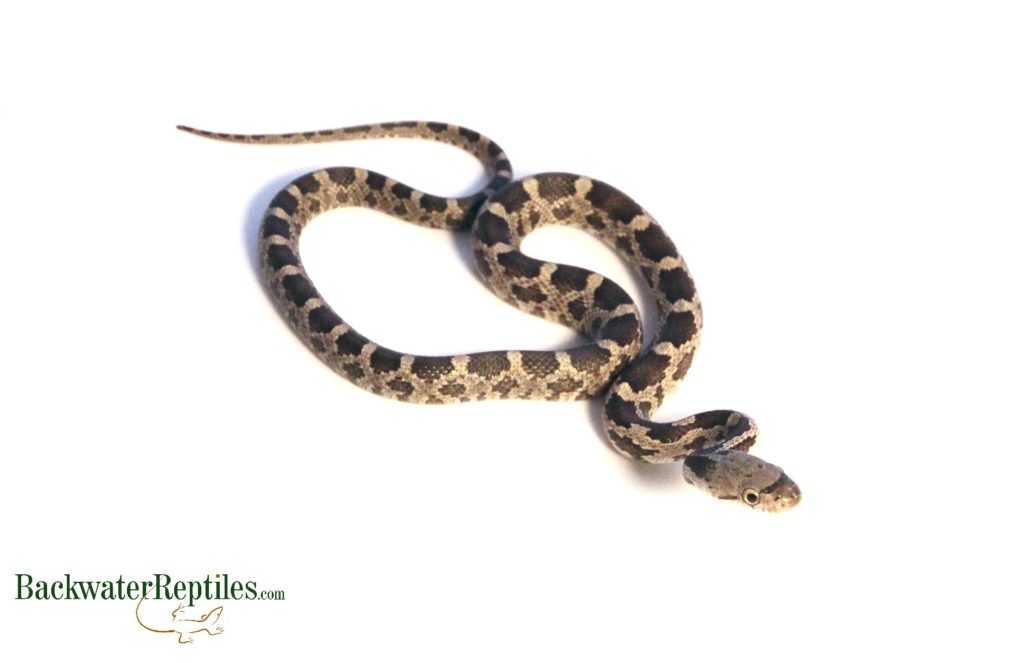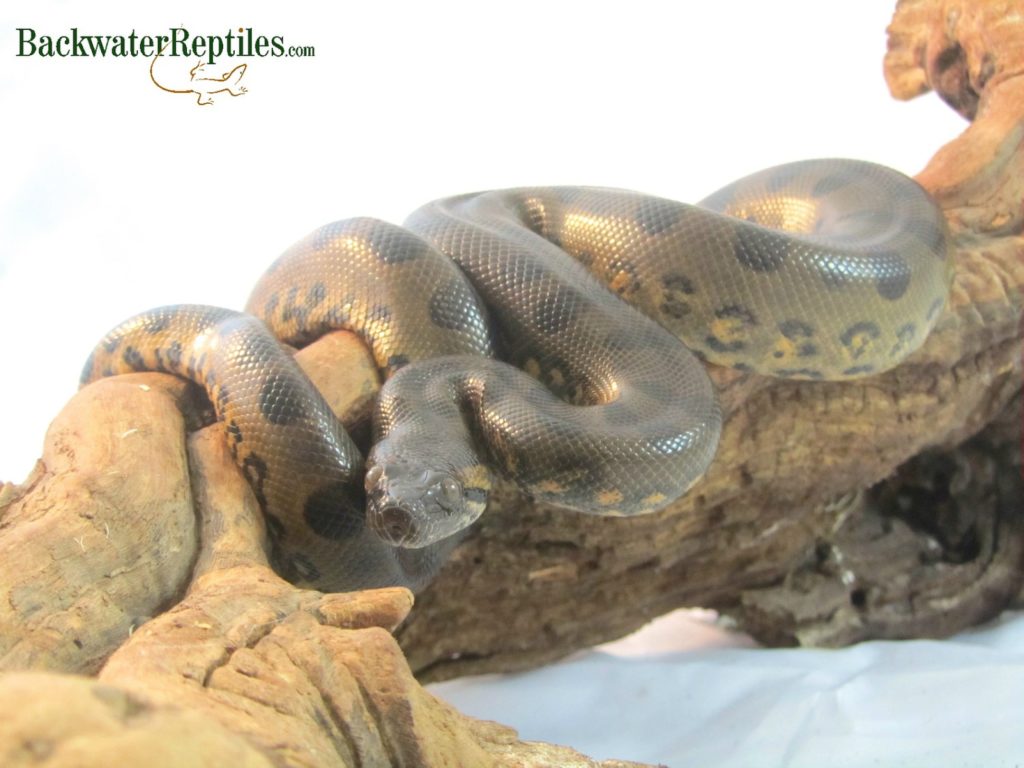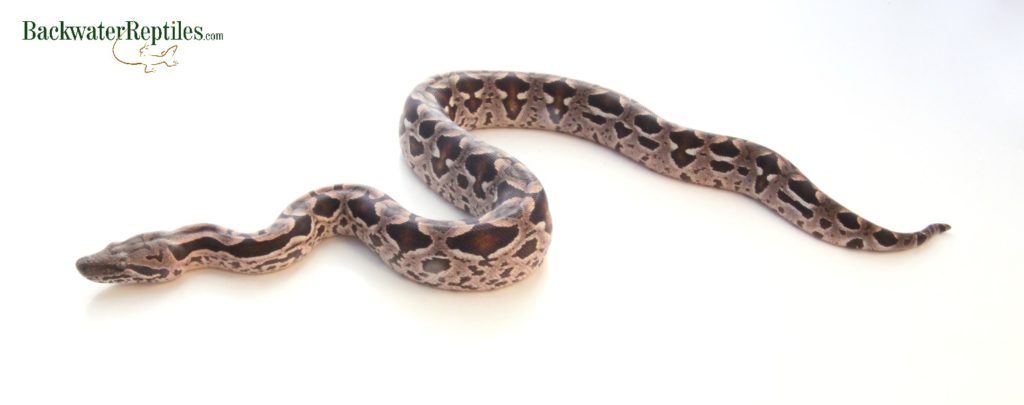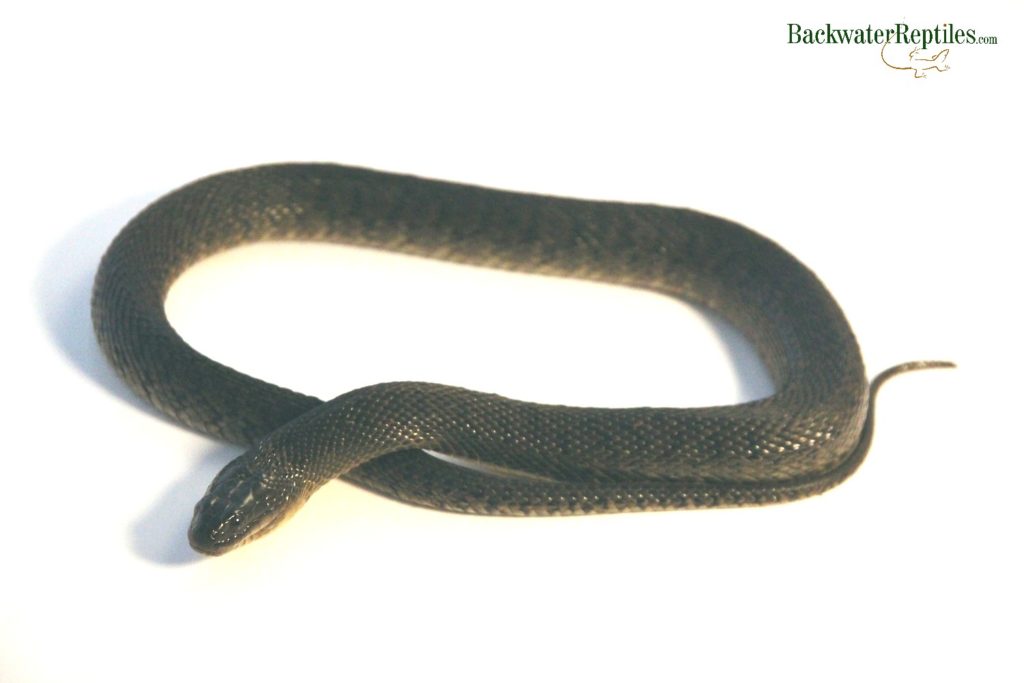You might not be aware of this, but many reptiles, amphibians, and even pet invertebrates are known to be escape artists! If you accidentally leave their cage unlatched or the screen door slightly ajar, they can and will take advantage of the opportunity to take themselves out for a stroll around your house.
Often times, good owners who keep a regular eye on their pets will notice their missing critter right away and no harm will come to the animal. However, because there is always the possibility that a loose lizard, snake, or tarantula could injure itself or another family member (human or non-human), we wanted to take the time to write this article that will hopefully help you out should you ever find yourself in this sticky situation.
What to do if your pet reptile, amphibian, or invertebrate escapes its enclosure
The first thing we’d like to say is don’t panic! This is not an uncommon occurrence and odds are your missing pet will turn up safe and sound. They can only journey so far within your home and with patience and the proper “hunting” tactics, you’ll likely locate him or her in a timely manner.

The first step we recommend taking before any other is to close all doors and windows in your home. This will prevent the animal from venturing outdoors and into more extreme danger.
Nearly all reptiles, amphibians, and inverts don’t need to be fed on a daily basis like other animals do because their metabolisms are much slower than that of a mammal. So as long as they’re not missing for an extended period of time, they won’t starve to death. In fact, odds are they’ll pop up when they do get hungry since they tend to know where their meals come from.
The only time we’d say that time is of the essence when trying to locate a missing animal is when there is a possibility that your pet has ventured outdoors. Because there are many more threats outside including predators, weather, and the ability to travel farther, we’d say that if you are at all concerned your pet has gotten outside, you should search in earnest until you locate him or her.
Getting the proper cage to prevent escape
The number one thing you can do as a responsible pet owner in order to prevent escape is to make sure you have the proper enclosure. This means secure cage latches, doors, and screens with no small holes to squeeze through.
Snakes
Although many snakes can be housed just fine using rack systems with open tops, they can be fairly energetic. In order to prevent escape, we recommend a cage with a secure lid and/or door. If you have a glass tank with a screen top, make sure the screen slides securely into place each time you close it.
If you have a very curious and active snake, we don’t recommend a glass tank with a screen top that fits over the entire top of the cage. We’d say go with the kind that slides into place on a track and clicks into place when it’s locked.
Glass tanks with doors that open in the front are also commonly used to house snakes and these are also great options to help prevent escape. Just make sure that the doors get shut securely each time you open them as snakes are strong and can push open a mesh door that is not latched.
Frogs and Other Amphibians
Pet frogs don’t usually bother to escape as they tend to feel safer in their enclosures. However, we do still recommend that pet frogs be kept in glass tanks with secure tops, especially if your frog happens to be an arboreal species such as a tree frog.
Salamanders are known to be burrowers and newts are aquatic, so odds are your pet salamander or newt won’t attempt to escape simply because the environment outside their enclosure is not appealing to them.
Lizards
Because there are so many species of lizards that require all different kinds of habitats, there’s not really a wrong kind of cage for a lizard. However, we would like to mention that bored lizards can get sneaky and will actively attempt escape. Large lizards such as monitors and iguanas will sometimes try to get out if they feel confined to their cage for too long, so our remedy for this issue is to make sure you interact with your pet frequently and give it exercise outside the cage so that this desire is curbed.

As with all other species of reptiles, amphibians, and invertebrates, we do recommend that all lizard cages have secure latches and doors. Be mindful of your lizard’s size and climbing habits and make sure that there are no gaps in the seams of the doors or screen that could allow the lizard to squeeze through. Small geckos are notorious for squeezing through tiny cracks and crevices, so we recommend sealing these with a strong tape if need be.
Turtles and Tortoises
Non-aquatic turtles and tortoises (i.e. box turtles and sulcata tortoises) are often kept in outdoor spaces. This means that you’ll need to be especially careful about maintaining strong borders, especially if the species you own happens to be a digger. Turtles and tortoises will wander naturally and you’ll just want to be sure that the bounds of their outdoor enclosure are robust and secure enough to keep the animal within its boundaries.
Indoor turtle and tortoise enclosures are fairly simple. Non-aquatic turtles and tortoises can usually live in containers without lids provided the walls are high enough. You also don’t want to provide any tall cage furniture that allows them to climb out over the rim. This is particularly important not only to prevent escape but for the safety of the animal itself. If your turtle or tortoise accidentally climbs out and in the process lands upside down, it can actually die very quickly.
And although many aquatic turtle enclosure don’t have lids, we still recommend that your tank have at least a screen topper that fits over the entire cage. Aquatic turtles can be quite active and explorative and it’s not unheard of for them to escape.
Invertebrates (Spiders & Scorpions)
Because most pet invertebrates like tarantulas and scorpions are ground-dwelling animals, they don’t generally escape all that often. Like any other pet that lives in a cage, we do still recommend that all enclosures have secure access points. This is particularly important if your arachnid is very small since spiderlings can easily squeeze through small openings.

Backwater Reptiles actually sells some very secure and aesthetically pleasing spiderling cages. We highly recommend them. Check them out here.
Animals that are the least likely to be escape artists
If you want a pet that is less active and therefore less likely to be an escape artist, we can make several recommendations, although there are plenty of animals not discussed below that are also great options.
Salamanders make great pets and aren’t likely to escape or go missing. Because they like to hide and burrow, they’re not likely to try to climb the walls of a smooth enclosure made of glass or plastic. They’d much rather shelter under their substrate or inside their hide box. You’ll likely only see your salamander emerge when it’s feeding time.
Newts are also very unlikely to escape due to their aquatic nature. The only time your newt is likely to emerge completely from the water is to bask. They are not known to be climbers and their fingers won’t allow them to grip glass and crawl out.

Non-arboreal lizards such as blue tongue skinks (Tiliqua sp.), leopard geckos (Eublepharis macularius), and bearded dragons (Pogona vitticeps) are also not usually particularly adventurous. Blueys have stocky bodies and can’t really climb due to their short limbs. Leopard geckos have been kept in captivity long enough to be extremely docile and therefore it’s not really in their nature to try to escape. And finally, although beardies are very active lizards, because they interact with people quite a lot and tend to get plenty of time outside of their cages, they are not really prone to trying to climb out of their cage.
How to draw out a missing animal
If you’ve searched your entire home top to bottom and still can’t seem to locate your missing pet, we recommend trying to draw it out using food as bait.
Obviously, this tactic won’t work on animals that eat live insects such as many species of lizards and invertebrates. It also probably won’t be effective to use with snakes since they eat rodents and also really only eat on a weekly basis.
The food-as-bait method will work best on animals that really enjoy feeding time and eat daily or every other day. For example, putting out fresh vegetation to entice an iguana or a uromastyx lizard out into the open would certainly be a good idea, but it would have no effect on a tarantula.
Because many pets will emerge at night time when there is less commotion and the house is quiet, you can actually set “traps” to alert you if the animal makes an appearance. Try lining the floors with grocery store plastic bags that make noise when crinkled. Even if you’re sleeping, the crinkling should hopefully make enough noise to signal you as to the whereabouts of your pet.
Places to search for a missing animals
The first thing you should do when searching for a missing pet is to try to think like a reptile, amphibian, or invertebrate. They all tend to prefer secrecy and hiding places, so the first places you should search should be hiding places – under the bed, in a shoe box in your closet, behind the TV, etc.
Warmer areas are also popular places to end up – near vents, close to appliances that create heat, and near lights. Potted plants near windows would also be good hiding places.
Take into consideration if your animal is arboreal or ground-dwelling. Ground-dwelling animals will tend to hide in places that are easily accessible from the ground such as low cupboards, in closets, behind toilets, underneath furniture, etc.
Arboreal pets on the other hand will likely climb somewhere seeking security. We’d recommend searching all cupboards regardless of height, on curtains and curtain rods, in the clothing hanging in your closet, and even in laundry bins. However, just because an animal is arboreal by nature doesn’t necessarily mean that you’ll find it up high. You should also check all the places you’d search for a ground-dwelling animal.
Conclusion
It’s never fun to know your pet reptile, amphibian, or invertebrate has gone missing. But, the good news is that most animals will be recovered shortly within the home and they will recover from their adventure with no issues.
Keep in mind that preventing the animal from escaping in the first place is the best remedy to this problem. We can’t stress enough that all lids and latches should be tightly secured. All cracks and crevices should be sealed or better yet, nonexistent.
And lastly, don’t panic. If you keep your eyes peeled, odds are your pet will resurface in no time.

















